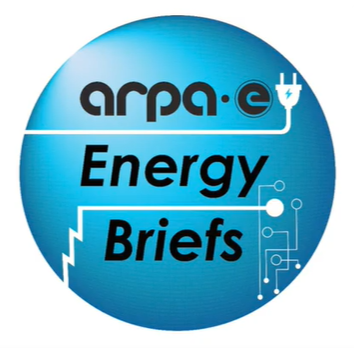The Nuclear Regulatory Commission has studied issues and has written many new relevant documents to prepare for potential application submissions for non-LWRs.
August 14, 2020, 4:23PMNuclear NewsPranab Samanta, David Diamond, and William Horak 
A cutaway view of EBR-1
Over the past several years there has been renewed interest in the development and licensing of advanced reactors that will be very different from the light-water reactors that are currently used to generate electricity in the United States. For example, some advanced reactors will use gas, liquid metal, or molten salt as a coolant, some will have a fast neutron spectrum, and some will be much smaller in size than current generation LWRs. The many possible applications for these reactors include electricity production, process heat, research and testing, isotope generation, and space applications.
To prepare for potential non-LWR application submittals, the U.S. Nuclear Regulatory Commission has studied the issues and written many new relevant documents. In addition, there is a long history of the NRC regulating non-LWRs that might be useful to study to help in addressing new submittals. To some extent, this has been chronicled in general histories of the NRC. Our objective herein is to describe the NRC’s history specifically with the licensing of non-LWRs and to explain some of the most salient regulatory and licensing issues.
Regulatory relief, remote working, sanitation, and communication were key factors in the success of the spring refueling outage at Beaver Valley-2.

Penfield

Enos
Energy Harbor’s Beaver Valley plant, located about 34 miles northwest of Pittsburgh, Pa., was one of many nuclear sites preparing for a scheduled outage as the coronavirus pandemic intensified in March. The baseline objective of any planned outage—to complete refueling on time and get back to producing power—was complicated by the need to prevent the transmission of COVID-19.
While over 200 of the plant’s 850 staff members worked from home to support the outage, about 800 contractors were brought in for jobs that could only be done on-site. Nuclear News Staff Writer Susan Gallier talked with Beaver Valley Site Vice President Rod Penfield and General Plant Manager Matt Enos about the planning and communication required.
Beaver Valley can look forward to several more outages in the future, now that plans to shut down the two Westinghouse pressurized water reactors, each rated at about 960 MWe, were reversed in March. “The deactivation announcement happened in the middle of all our planning,” Enos said. “It’s a shame we haven’t had a chance to get together as a large group and celebrate that yet.”
While the focus remains on safe pandemic operations, the site now has two causes for celebration: an outage success and a long future ahead.




 The National Commission on Grid Resilience (NCGR) has released a report recommending a series of actions to better address threats to the bulk power system in the United States. While noting that “substantial progress has been made in a short time” toward improving grid resilience, the report declares that “more needs to be done, and in record time.”
The National Commission on Grid Resilience (NCGR) has released a report recommending a series of actions to better address threats to the bulk power system in the United States. While noting that “substantial progress has been made in a short time” toward improving grid resilience, the report declares that “more needs to be done, and in record time.”






 The Department of Energy’s Advanced Research Projects Agency-Energy (ARPA-E) is at work developing and demonstrating novel energy technologies and connecting those technologies with private-sector investors. The researchers and innovators behind ARPA-E want to tell you all about it in a series of “Energy Briefs” available through the agency’s
The Department of Energy’s Advanced Research Projects Agency-Energy (ARPA-E) is at work developing and demonstrating novel energy technologies and connecting those technologies with private-sector investors. The researchers and innovators behind ARPA-E want to tell you all about it in a series of “Energy Briefs” available through the agency’s